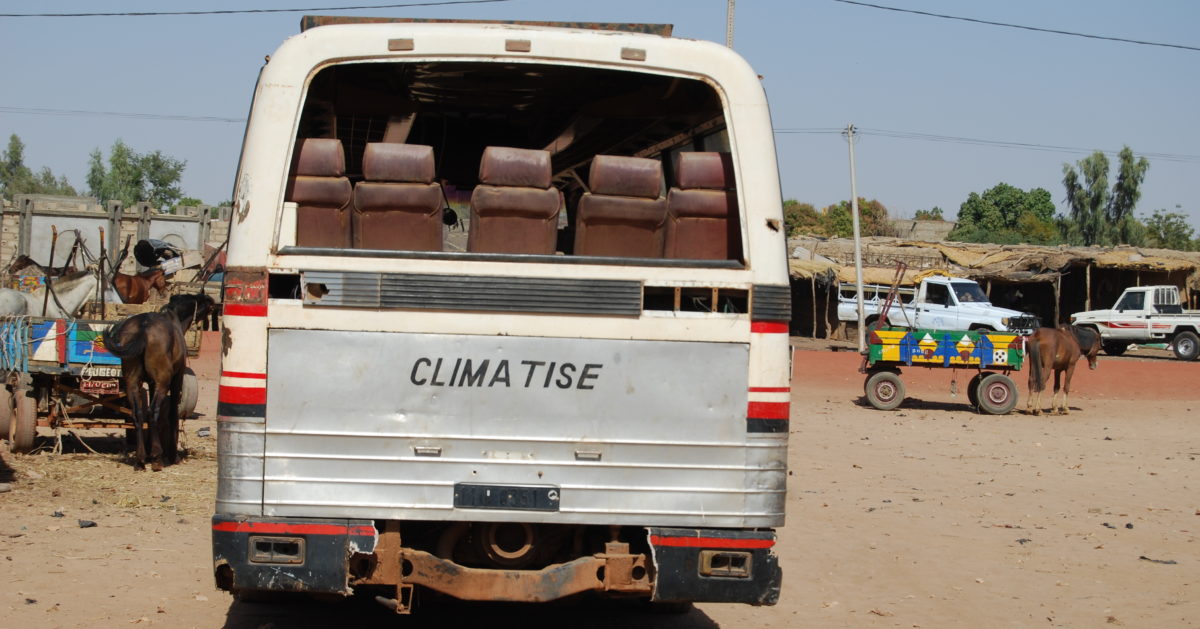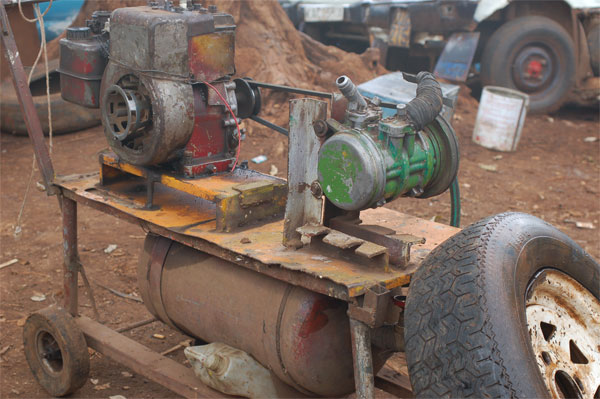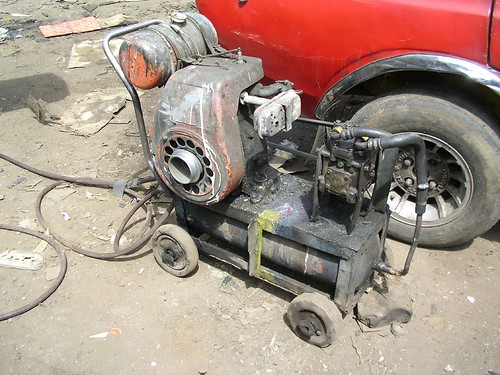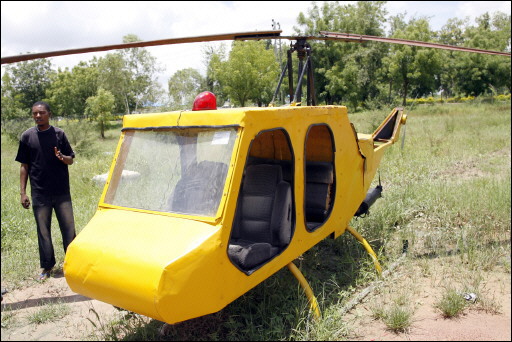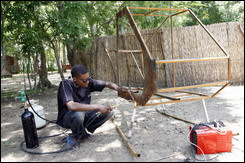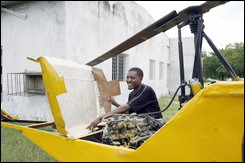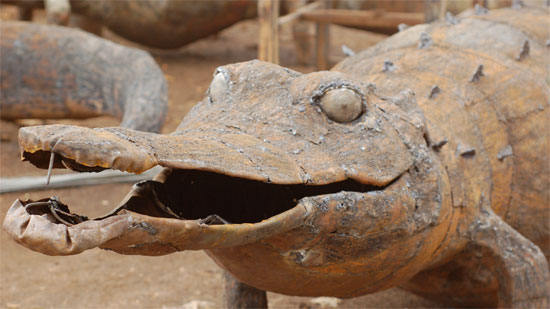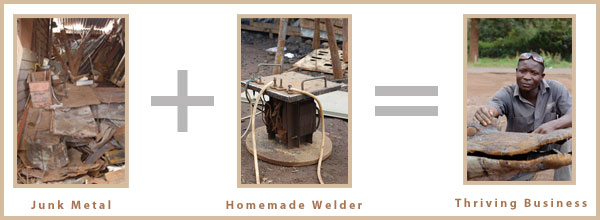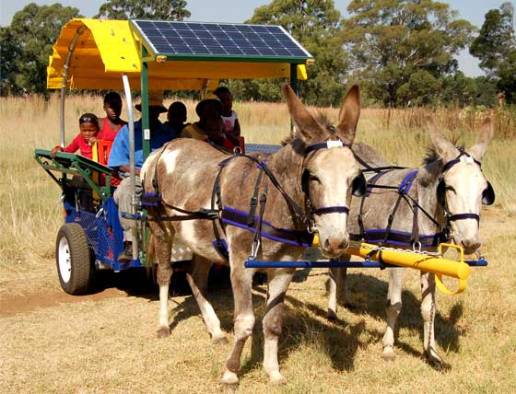 There’s a really interesting story about a man in Kenya who claims to have created a plane from scratch.
There’s a really interesting story about a man in Kenya who claims to have created a plane from scratch.
Using a Volkswagen beetle engine, and aluminium sheets for the body, Mr Gachamba made a single seater plane.
He tested it out at an airstrip in Nyeri and sure enough, it took off. Caught up in the excitement of the minute, he decided to fly to his home in Mathira.
A few minutes into the ride, he noticed the engine was overheating. He decided to turn and in the process the low flying plane struck a tree top and crash landed. He was injured in the leg and has had a limp since.
(Read the rest of the article)
I’d love to see pictures of this plane, though I’m doubtful of there being any as this happened in the 70’s. Either way, a fun story. Right now he’s building his own Hummer from an old Datsun engine and “wheelbarrows, wheelchairs, metal pipes and other vehicle accessories”. At 75 years old he’s not slowing down at all!

